How do you solve a problem like Medea? Euripides’ baby-killing, hell-invoking sorceress is one of literature’s most terrifying and unfathomable creations – a woman capable of murdering her own children just to watch their father’s pain. Yet with the blood on her hands now centuries-old, Medea continues to work her grim enchantments on artists. No fewer than eight operas (and an almost equal number of plays) have staged her story, but have any really got to grips with the psychology of tragedy’s wickedest witch? I’m afraid that Georg Benda’s 1775 Medea is unknown to me, as is Saverio Mercadente’s 1851 work of the same name, but in Marc-Antoine Charpentier’s 1693 Médée composers have a template for music-drama at its purest and most vital.
With 2011’s Castor and Pollux English National Opera nudged a door ajar that has been closed on British stages for centuries. The baroque revival of the past few decades has been vigorous and ubiquitous, so long as your surname is Italian, or Handel. But the French baroque music of Lully, Rameau and Charpentier has remained exiled from the opera house, banished for its difficulty and dramatic otherness.
"Connolly's Medea is at once magnificent and horrifying"Freed from the recitative-aria conventions of Handel and Vivaldi, French composers enjoyed a much more fluid and dramatically sensitive form, drifting from dance to arioso to duet without the chains of the da capo aria to weight it down. It’s this freedom – at its most extreme in Charpentier’s Medea – that lends itself so naturally to those complex, cumulative emotions that struggle against the confines of Handel’s conventions.
Beauty here doesn’t come framed in a 10-minute aria, it has to be sought out in the detail: an unexpectedly thickly-harmonised cadence in the strings, a tugging appoggiatura that clings just longer than expected, a false relation that grinds the ear underfoot. Christian Curnyn conducts the ENO orchestra, coaxing a beautiful if sometimes rather muted blend from his contemporary strings and adding period colouring with some plangent work from recorders and theorbo.
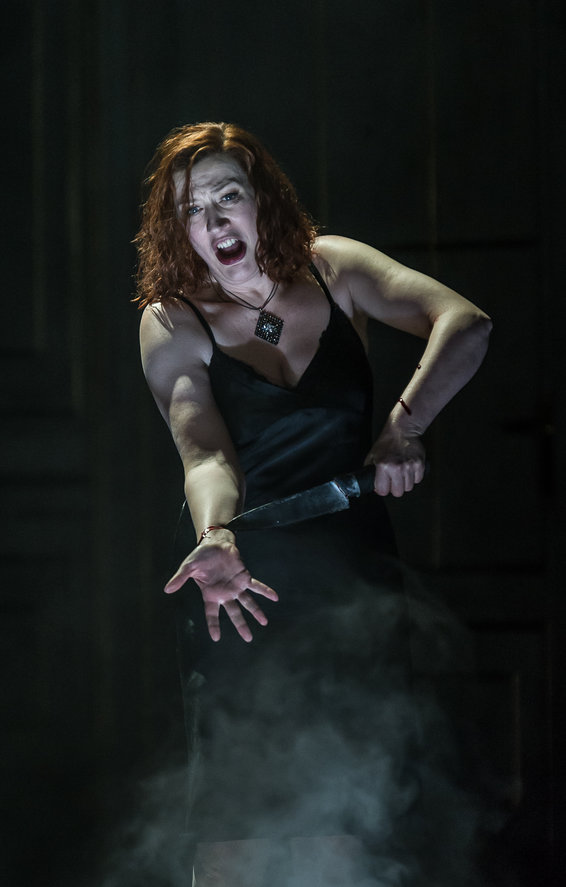 There will be those who would condemn the extended dance episodes to the chop, but dance is the heartbeat of French baroque and (barring some intrusively noisy footwork) is generously served here in a full-length masque and froths out of the drama throughout. Some of it is decidedly camp (director David McVicar seems briefly to stray into Jonathan Miller’s Mikado with his cavorting naval officers) and the Busby-Berkeley-meets-MTV cabaret won’t be to everyone’s taste, but Lynne Page’s choreography does ensure that all movement, however anachronistic, grows organically from the music. It’s a huge improvement on the recent calisthenic horrors of ENO’s recent Julius Caesar.
There will be those who would condemn the extended dance episodes to the chop, but dance is the heartbeat of French baroque and (barring some intrusively noisy footwork) is generously served here in a full-length masque and froths out of the drama throughout. Some of it is decidedly camp (director David McVicar seems briefly to stray into Jonathan Miller’s Mikado with his cavorting naval officers) and the Busby-Berkeley-meets-MTV cabaret won’t be to everyone’s taste, but Lynne Page’s choreography does ensure that all movement, however anachronistic, grows organically from the music. It’s a huge improvement on the recent calisthenic horrors of ENO’s recent Julius Caesar.
McVicar returns to his baroque roots here in a production colliding eras and worlds that is the natural heir to his Alcina or Agrippina. An 18th-century apartment finds itself requisitioned for use by the entire Allied forces of the 1940s, the fading shell of a gilded oligarchy hosting an invasion of privileged, patriarchal thugs. Plus ça change. Bunny Christie’s gloriously stylised costumes offer decorative contradiction to this era of emancipation in which the women still prance around in pencil-skirts and stilettos, gyrate in sequinned hot-pants, or waft fragrantly about in virginal white – fantasy-fodder for the military men.
A power-suited Sarah Connolly (pictured above right) stands apart. Her Medea chafes against the confines of her role and gender, exploited then discarded at the whim of a libidinous husband. Vocally dwarfing her colleagues, her struggle to repress herself into this world of social hierarchies is mirrored visually and musically. Forging her own path through Charpentier’s fluid tempo-transitions and moods, she never lets her hand slip from the psychological string that guides us through the endless corners and corridors of recit. Her miniature aria of grief once Jason’s abandonment is certain coaxes tears, while her final invocation of the forces of Hell partners that earlier fragility with a reckless blood-lust. We feel for her, even as we know the small, pyjama-clad bodies are coming, and in her final ascent (not descent, interestingly) to darkness she is at once magnificent and horrifying.
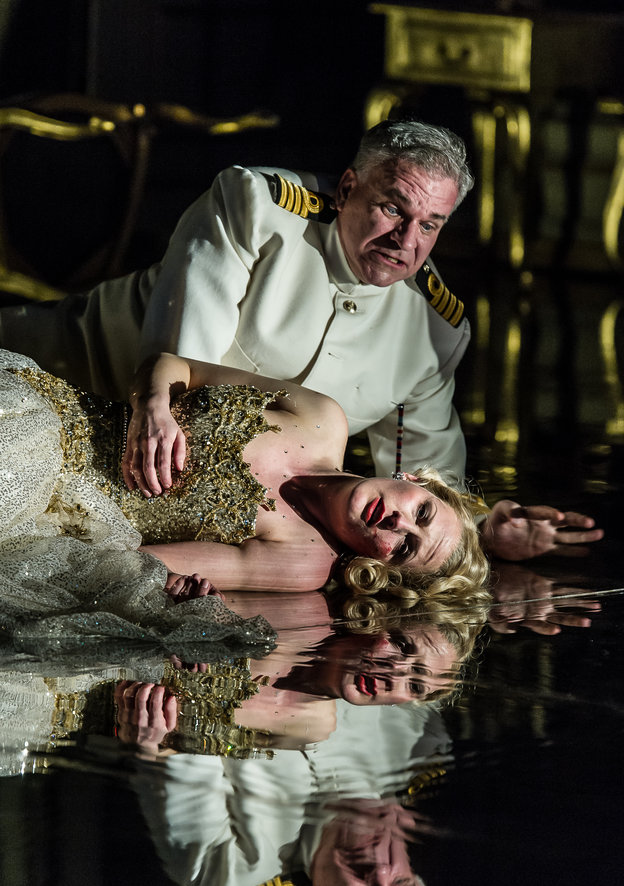 Roderick Williams’ Orontes (brilliantly styled as a Lord Flashheart-esque RAF pilot) leads the supporting cast with swagger and glossy tone, balanced by the brighter colours of Jeffrey Francis’s Jason, whose characterisation sits more comfortably than his highest register, and whose rhythmic sensitivity occasionally wavers. Katherine Manley’s Creusa (pictured left with Francis as Jason) is a Hitchcock blonde with daddy-issues, channelling Grace Kelly circa To Catch a Thief in her styling and sparring intriguingly with Brindley Sherratt’s Creon. Hers is the most blossomy of the various excellent soprano voices on show (Rhian Lois’s Nerina also deserves mention), finding airy spaces for ambiguity and personality in her delivery. Her duet with Sophie Junker’s Phantom II is a highlight, as is her glorious death-duet with Francis.
Roderick Williams’ Orontes (brilliantly styled as a Lord Flashheart-esque RAF pilot) leads the supporting cast with swagger and glossy tone, balanced by the brighter colours of Jeffrey Francis’s Jason, whose characterisation sits more comfortably than his highest register, and whose rhythmic sensitivity occasionally wavers. Katherine Manley’s Creusa (pictured left with Francis as Jason) is a Hitchcock blonde with daddy-issues, channelling Grace Kelly circa To Catch a Thief in her styling and sparring intriguingly with Brindley Sherratt’s Creon. Hers is the most blossomy of the various excellent soprano voices on show (Rhian Lois’s Nerina also deserves mention), finding airy spaces for ambiguity and personality in her delivery. Her duet with Sophie Junker’s Phantom II is a highlight, as is her glorious death-duet with Francis.
The pace may take a while to pick up (and that with a huge cut early on), but once underway Charpentier’s Medea has all the momentum of its Greek original. The music won’t satisfy melody junkies or those craving high-wire coloratura thrills, but for social and individual psychology it leaves Handel still puzzling over the instruction manual for assembling his Freudian couch.
How do you solve a problem like Medea? Ask ENO – they seem to have found the answer.



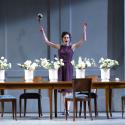





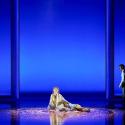

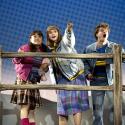
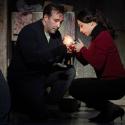
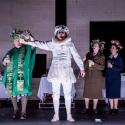
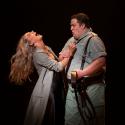
Add comment